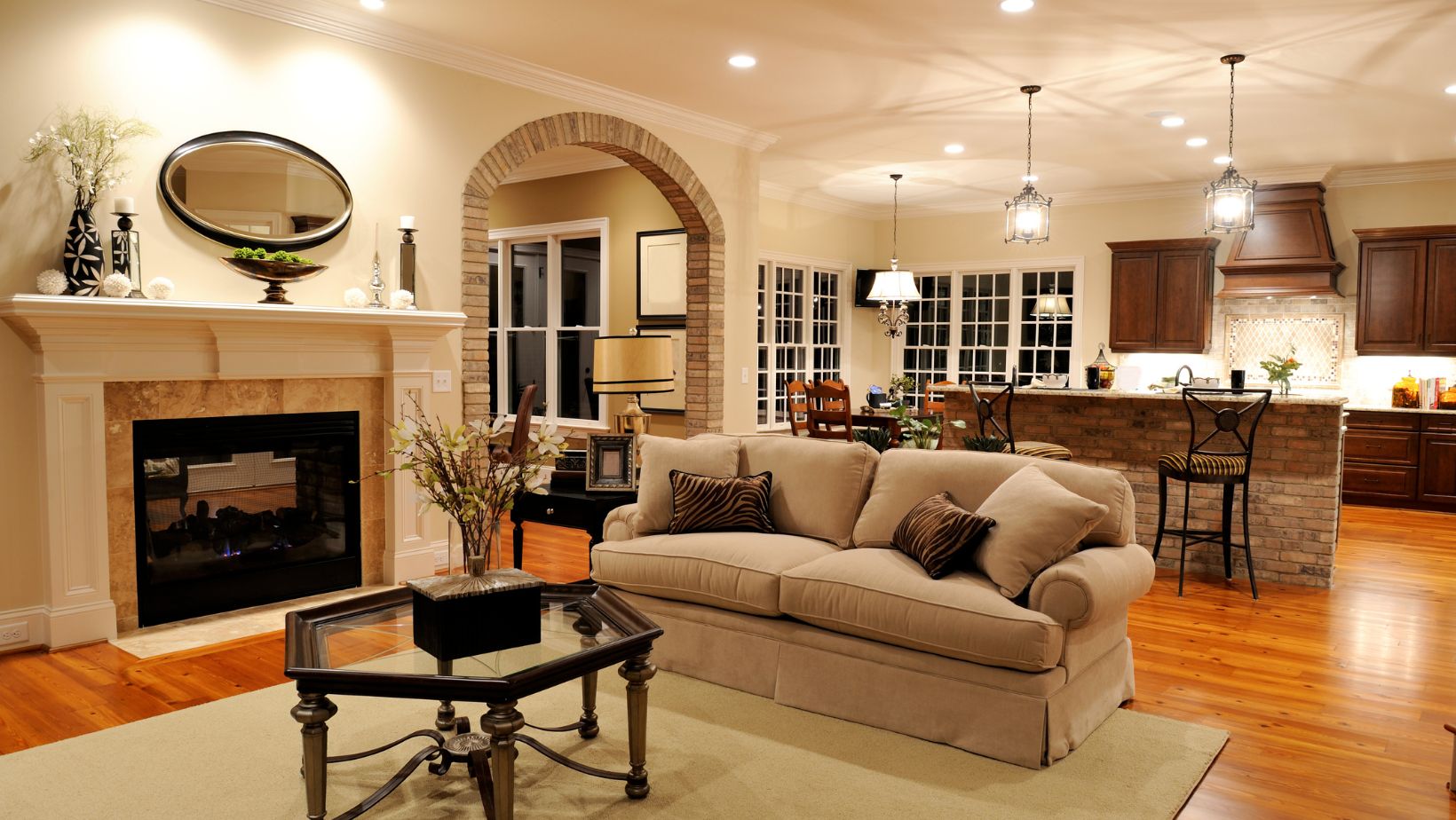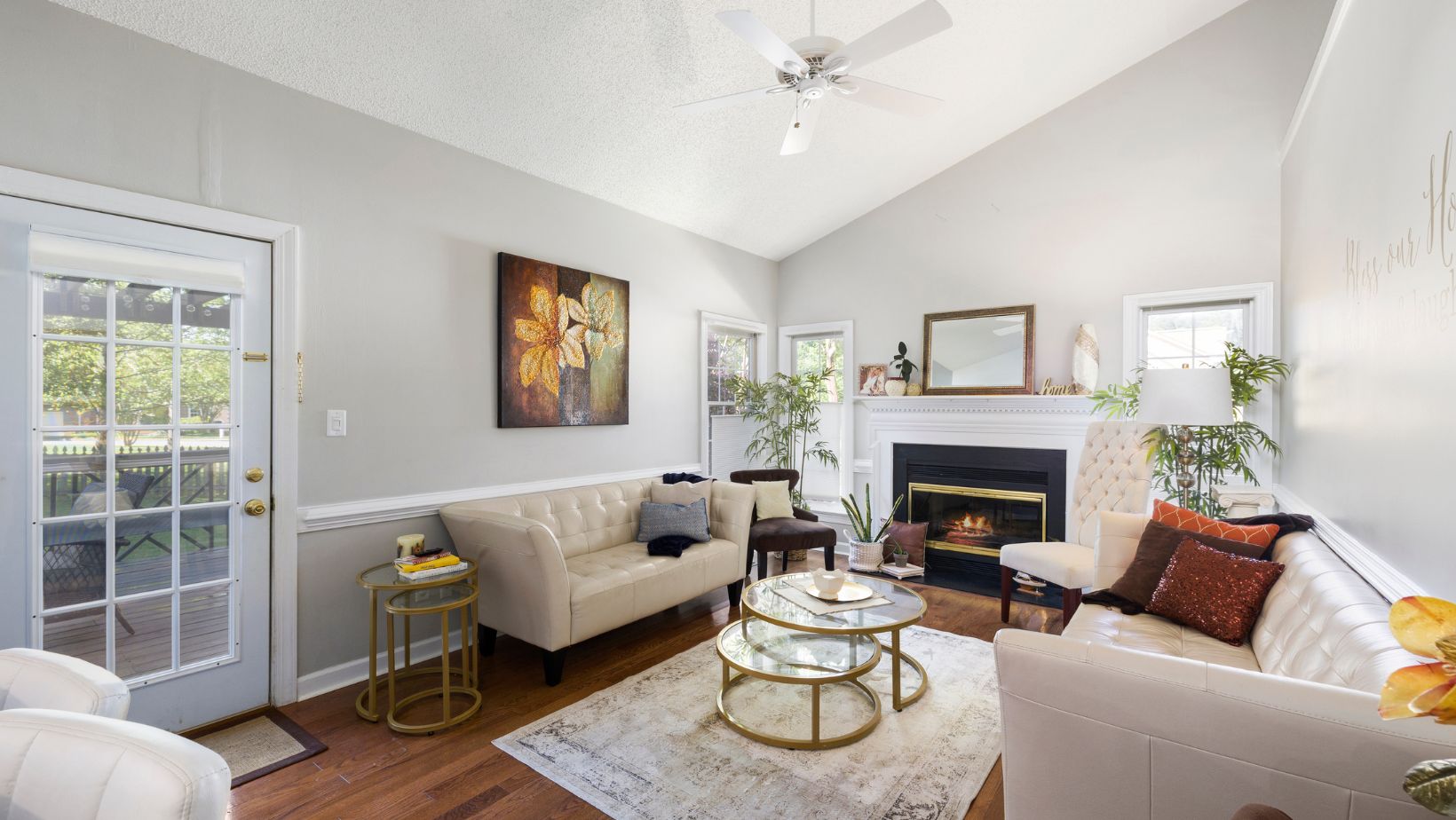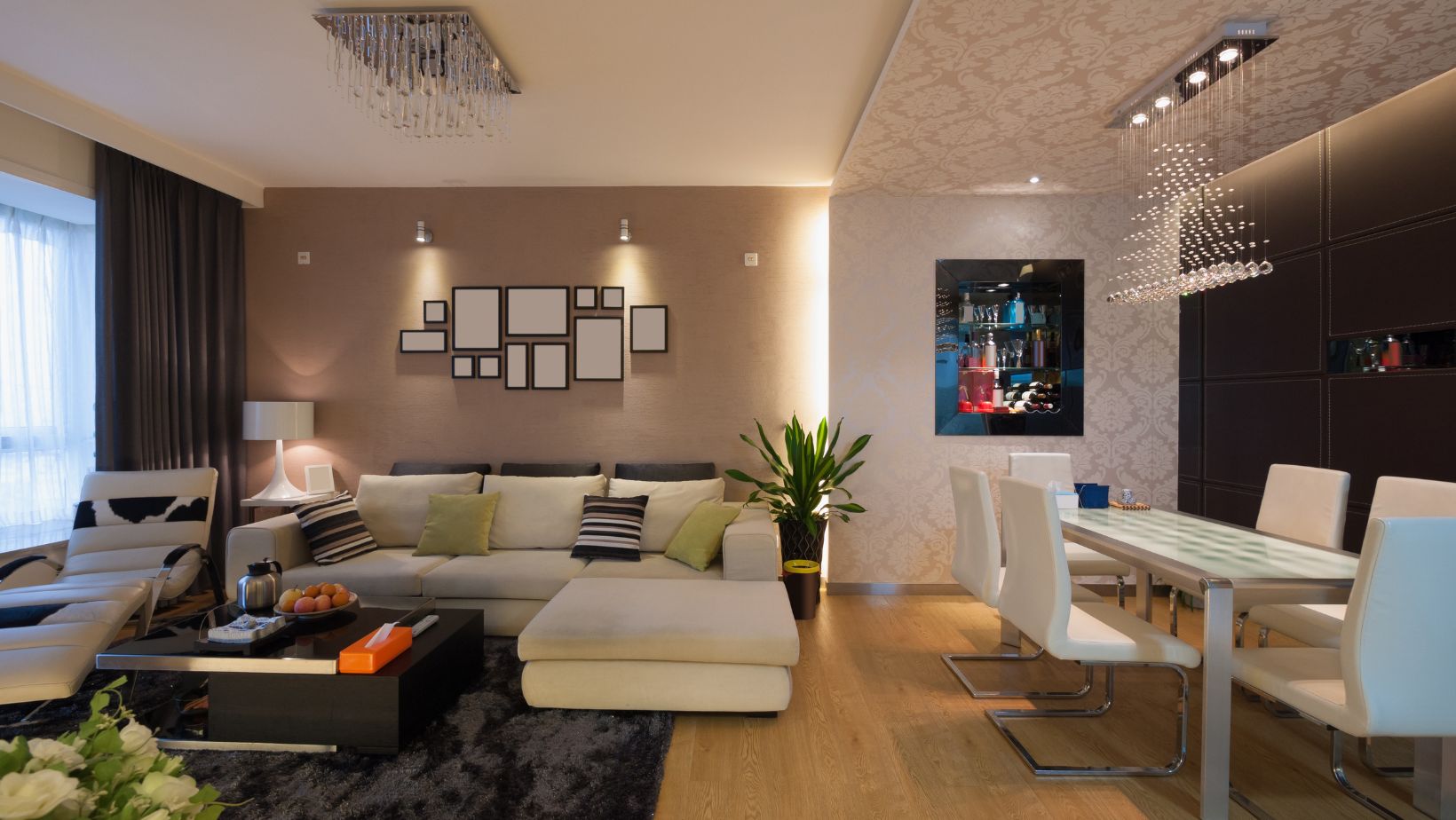Transform a small space into a sacred refuge for calm, clarity, and connection.
Table of Contents
ToggleIntroduction
In a world full of noise, movement, and constant demands, it’s easy to feel ungrounded. We long for peace, yet rarely give ourselves space to experience it. That’s where a home altar comes in—not as a religious obligation, but as a deeply personal space for stillness, intention, and emotional anchoring.
Creating a home altar is about more than aesthetics. It’s about building a sacred corner in your life that reminds you who you are, what matters, and where your center is. Whether you’re navigating anxiety, grief, burnout, or simply seeking more presence in your day, a home altar can become a gentle guide back to yourself.
What Is a Home Altar?
A home altar is a small, intentional space in your home that holds objects of meaning, inspiration, or spiritual importance. It doesn’t have to be religious—it simply reflects your values, your energy, and your desire for connection.
You can place it on a table, shelf, windowsill, or even a tray. What matters most is that it feels personal and intentional—a space that invites you to pause.
Why We Need Anchors in Everyday Life
Life can often feel unpredictable. From the chaos of world events to personal struggles, it’s common to feel emotionally unsteady. That’s where emotional anchors help.
An emotional anchor is anything that grounds you—reminding you of your values, strength, or peace in the midst of difficulty.
According to the American Psychological Association, daily routines and rituals help reduce stress and improve emotional regulation, especially in times of uncertainty 1.
A home altar acts as a visual and energetic anchor, giving you a place to return when you feel lost, scattered, or overwhelmed.
Mental Health Benefits of a Home Altar
Creating and using a home altar offers several wellness benefits:
1. Supports Mindfulness
When you spend even a few minutes at your altar—lighting a candle, breathing, or journaling—you pause the mental chatter and return to the present moment.
Research in Mindfulness journal shows that short, consistent mindfulness practices reduce anxiety and improve emotional balance 2.

2. Encourages Emotional Processing
Altars provide a safe space to sit with feelings—whether joy, grief, anger, or gratitude. Placing symbols of your emotions (like a stone for grief or a feather for lightness) helps externalize what you’re feeling.
3. Builds Spiritual Connection
Whether you believe in God, the universe, ancestors, or your own intuition, an altar strengthens that relationship. It reminds you that you’re not alone in your journey.
4. Enhances Daily Ritual
Simple rituals like lighting incense or placing fresh flowers offer grounding structure to your day. Rituals give meaning to routine and reduce decision fatigue.
How to Create a Home Altar: Step by Step
There’s no right or wrong way to create an altar. The beauty lies in making it your own. Here’s a gentle guide to get started:
1. Choose a Location
Find a quiet, clean space where you can sit or stand comfortably. It might be a shelf in your bedroom, a corner of your desk, or a small table near a window.
Tip: Avoid placing your altar in high-traffic or cluttered areas. Your altar should feel like a sanctuary.
2. Cleanse the Space
Wipe down the area physically, and if you like, energetically—using sage, palo santo, or simply an intentional breath. Set a clear intention for the space: “This is where I come to be still and connect.”
3. Gather Meaningful Items
Choose 3–10 items that bring you peace, strength, or meaning. These might include:
A candle (symbolizing light and presence)
Crystals or stones (for grounding or energy)
A small plant or fresh flowers (representing growth and life)
Photos of loved ones or ancestors
A spiritual book, poem, or mantra
Symbols of your faith or cultural traditions
A journal and pen
Remember: Your altar should reflect you. If a seashell brings you joy, add it. If a quote inspires you, display it.
4. Create a Ritual
Decide how and when you’ll engage with your altar. Even just 2–5 minutes a day can shift your mindset. Here are some simple ideas:
Light a candle and take 3 deep breaths
Say a daily affirmation or prayer
Write down one thing you’re grateful for
Sit in silence and observe how you feel
Place your hand on your heart and breathe mindfully
5. Keep It Fluid
Your altar can evolve with you. Switch out items as seasons change, goals shift, or new inspirations arrive. Let it grow as a living expression of your inner world.
When and How to Use Your Altar
Your altar isn’t just decoration—it’s a tool for emotional grounding. Use it during:
Mornings to set intentions for your day
Evenings to reflect, release, and unwind
Anxious moments to breathe and center
Transitions like grief, endings, or new beginnings
Creative blocks to reconnect with your inner voice
Your altar is a judgment-free zone. Come as you are—tired, hopeful, grieving, or inspired.
Final Thoughts
In a culture that values doing, a home altar invites you to simply be. It’s not about perfection—it’s about presence. It reminds you that peace doesn’t require a retreat or a perfect schedule. Sometimes, it’s waiting in a corner of your room—with a candle, a breath, and your own quiet company.

Creating a home altar for inner peace and emotional anchoring is an act of care—for your space, your spirit, and your nervous system. It’s your invitation to slow down, look inward, and reconnect with what truly matters.
“Your sacred space is where you can find yourself again and again.” – Joseph Campbell



